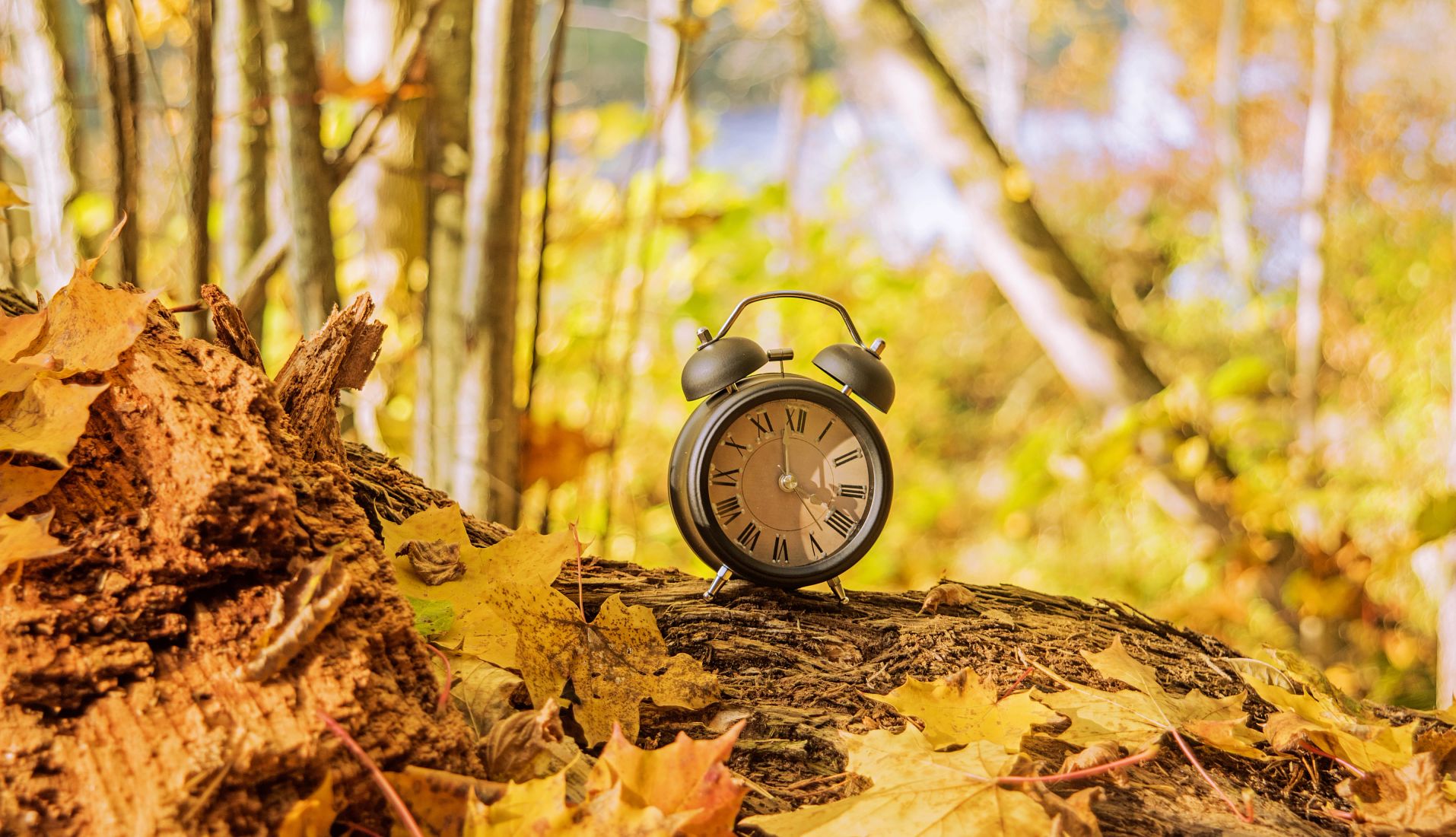AARP Hearing Center


Most Americans look forward to gaining the extra hour that comes with the end of daylight saving time (DST), which starts Sunday, Nov. 2, at 2 a.m. local time.
When daylight saving time ends, standard time resumes. That means the sun will set earlier and it gets darker earlier. But many scientists believe any disruption in our circadian rhythms — our body’s wake and sleep cycles — can have a negative effect on our health.
The fall time change “isn’t associated with the same impact or level of disruption as the spring change, but it can still affect you,” says Michelle Drerup, a sleep specialist at the Cleveland Clinic.
Even if you try to use the extra hour to catch up on sleep, studies show you’re still likely to experience a net loss of sleep in the days after the change. That’s because you’ll wake up earlier, have more trouble falling asleep or wake up more often during the night.
In addition, the shorter days and early onset of darkness can leave you feeling moody, lethargic and irritable. One study found an 11 percent increase in depression episodes in the week following the November change.
Here are seven ways to ease into the time change and combat the potentially harmful effects of the end of DST.
1. Set your clock back on Saturday night
The people who tend to have the most difficulty with the fall time change are early birds — those who already go to bed early and wake up early, Drerup says. They often find themselves wide-awake an hour earlier than normal.
To help ease the transition, Drerup recommends changing your clock on Saturday night and pushing your bedtime back, rather than going to bed at your regular time.
If it’s difficult to stay awake, try doing something active, such as taking an evening stroll rather than sitting on the couch and watching TV, Drerup suggests.
2. Gradually adjust your bedtime
To make the transition less abrupt for your body, try to go to bed 15 to 20 minutes later each day for a few days leading up to the clock rollback, suggests Dr. Rachel Ziegler, a sleep medicine physician at the Mayo Clinic Health System.
Dr. Shalini Paruthi, a board-certified sleep medicine specialist and codirector of St. Luke Hospital’s Sleep Medicine and Research Center in St. Louis, says, “You should also begin to adjust the timing of other daily routines that are time cues for your body, like meals and exercise.”





































































More From AARP
What Goes On in the Brain When We Dream?
Plus, when they happen during sleep and how they evolve as we age10 Medications That Can Mess With Your Sleep
Trouble sleeping? These drugs may be to blameWake Up More Refreshed With Our Smart Guide to Sleep
43 tips to help you fight those restless, endless nights and get the slumber you need